Take the First Step For Estimate!
- Accurancy
- Efficiency
- Transparency
- Customization
- Time Saving
- Professionalism
- Cost Control
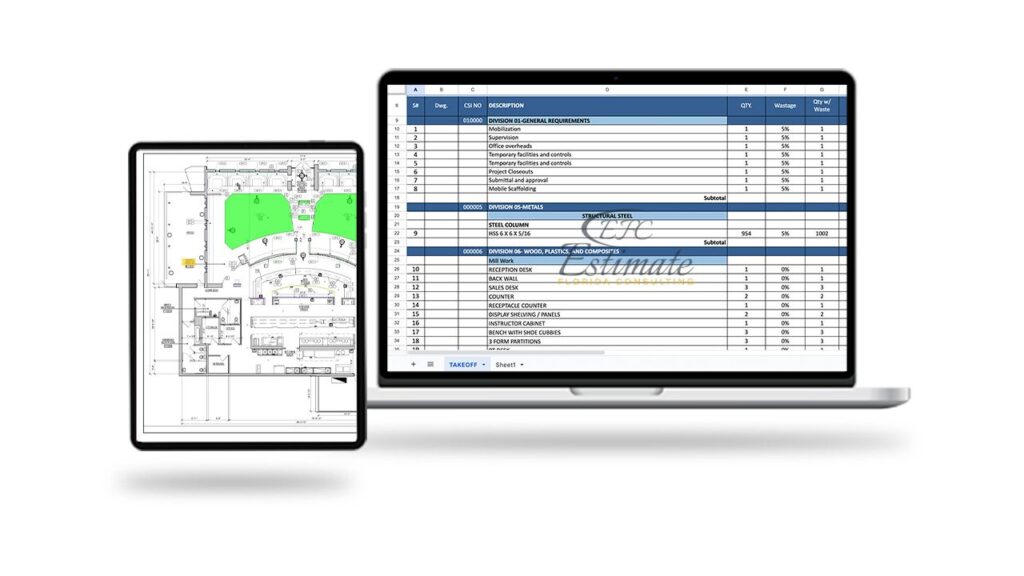
In the low-range, costs range from $5,000 to $15,000, encompassing fundamental measures like fire extinguishers and smoke detectors, typically appropriate for smaller warehouses. For mid-range budgets, totaling $15,000 to $50,000, a more extensive system including alarms, sprinklers, and enhanced safety features is installed. High-range budgets, exceeding $50,000 and potentially reaching $150,000 or more, cater to larger or high-hazard warehouses, involving advanced systems that meet rigorous codes and regulations.
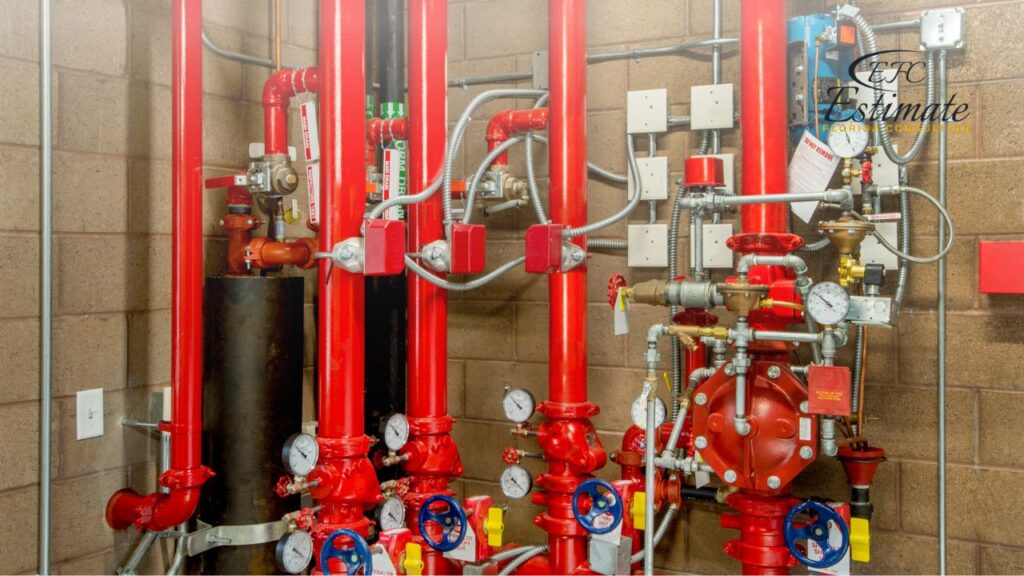
It is essential to consult fire safety professionals to accurately assess costs tailored to specific requirements, while also considering ongoing maintenance expenditures to maintain system reliability and compliance over time.

Fire Detection Systems encompass essential components such as smoke detectors, heat sensors, and a control panel. Smoke detectors play a critical role in alerting occupants of potential fires, with costs varying based on brand and model. Heat sensors offer an additional layer of detection, with prices influenced by brand and model variations. The fire alarm control panel serves as the central hub for monitoring and managing the detection system, ensuring swift response to fire incidents. Together, these components form a comprehensive fire detection system designed to enhance safety and protection against fire hazards in various environments.
Fire Prevention System Component | Cost Range | Description |
Smoke Detectors | $10 – $30/unit | Cost for smoke detectors, which vary by brand and model. |
Heat Sensors | $20 – $50/unit | Cost for heat sensors, which vary based on brand and model. |
Control Panel | $500 – $2,000 | Cost for the fire alarm control panel. |
Emergency and Exit Lighting systems are crucial for ensuring safe evacuation during fire emergencies. Emergency Exit Signs provide clear guidance to occupants, directing them towards the nearest exits. These signs are essential for maintaining order and facilitating swift evacuation. Emergency Lighting Fixtures illuminate pathways and exits in the event of power outages, ensuring visibility and reducing the risk of panic. Together, these components form a vital part of fire safety measures, enabling occupants to navigate safely to designated exits and evacuate the premises efficiently during emergencies.
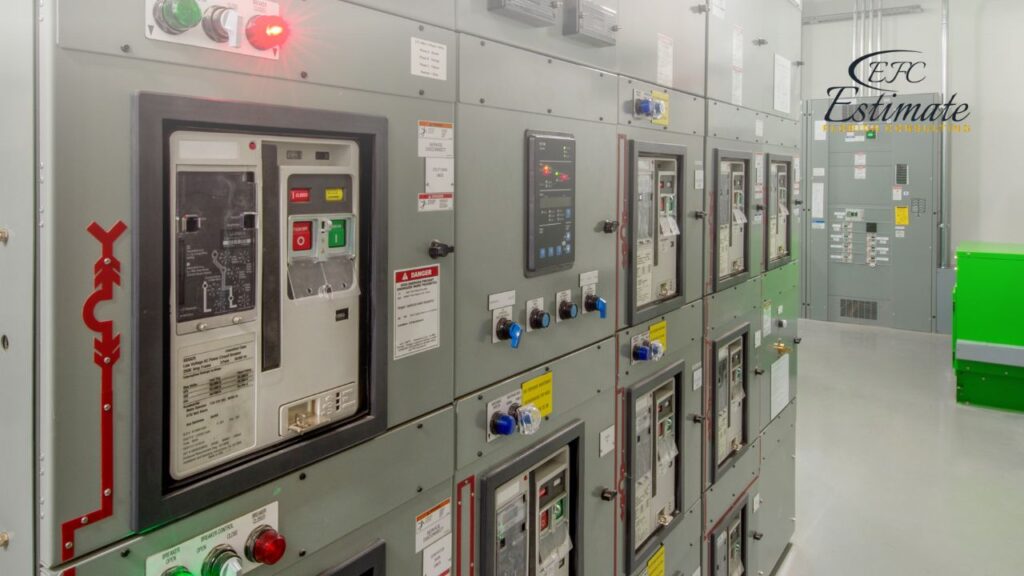
Fire Prevention System Component | Cost Range | Description |
Emergency Exit Signs | $20 – $100/unit | Cost for emergency exit signs. |
Emergency Lighting Fixtures | $30 – $100/unit | Cost for emergency lighting fixtures. |
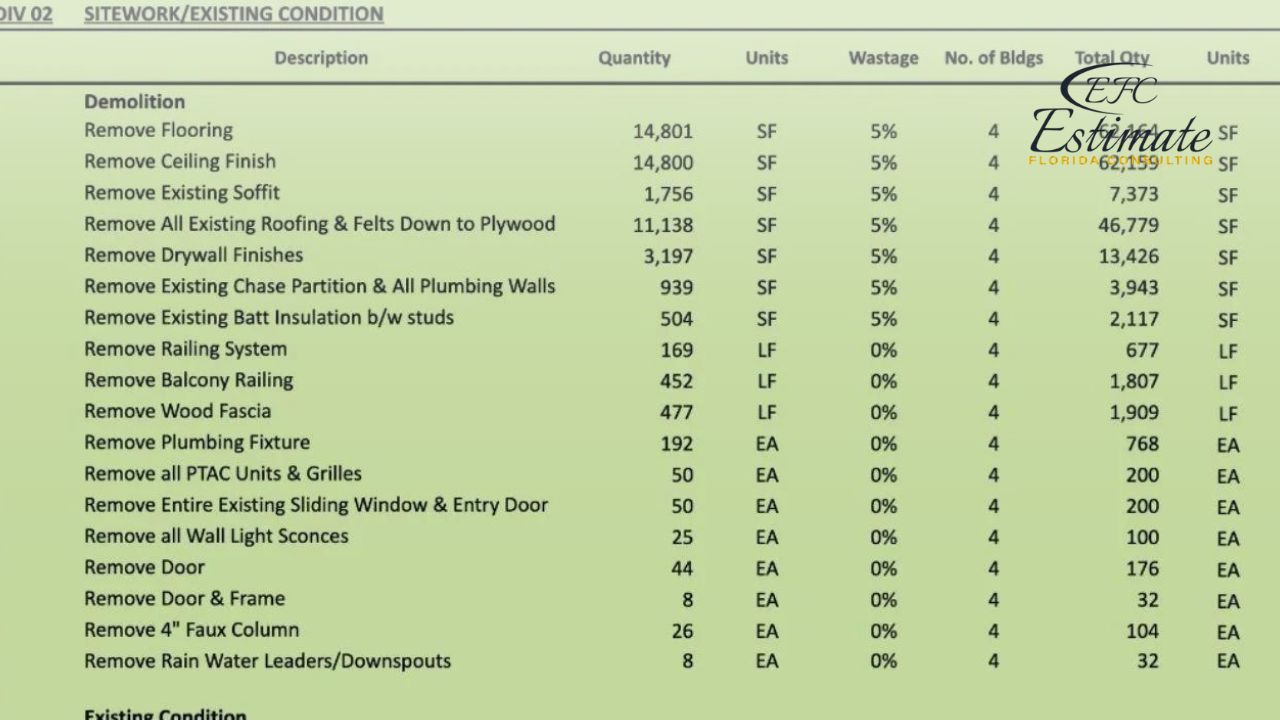
ZIP Code Based Estimate
Highly Accurate
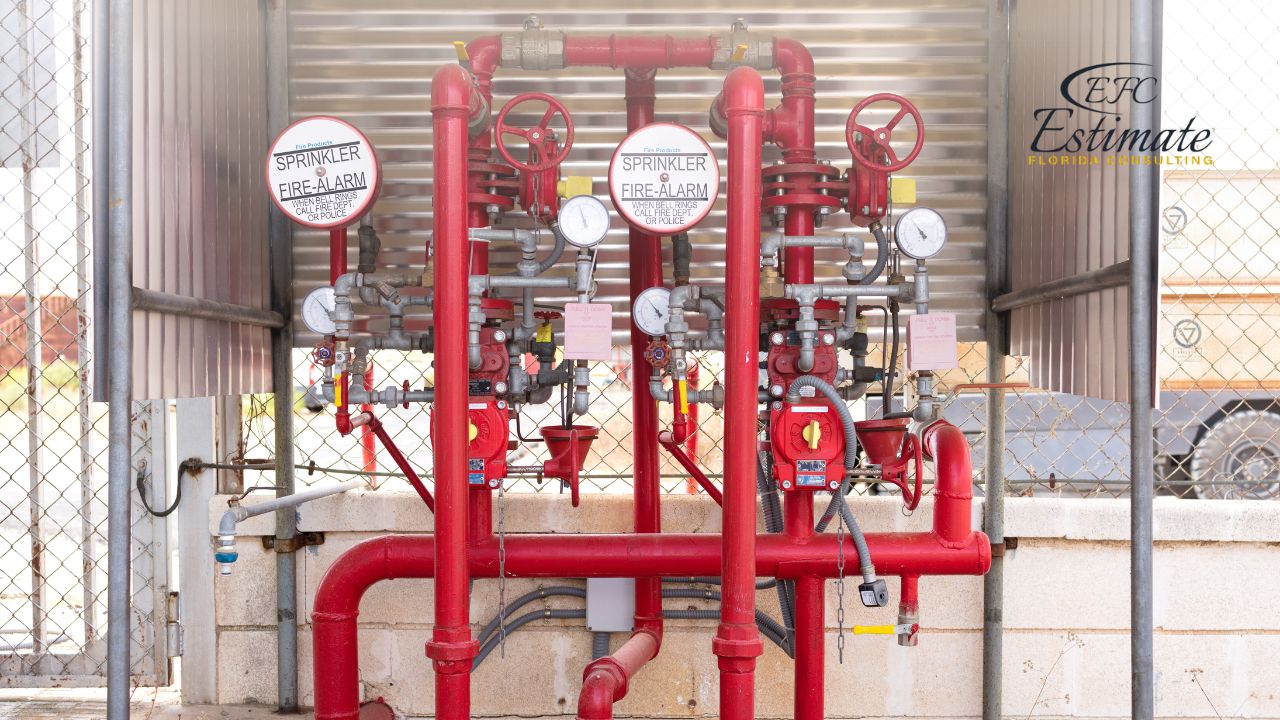
Fully Insured License
Hire Contractor for Warehouse
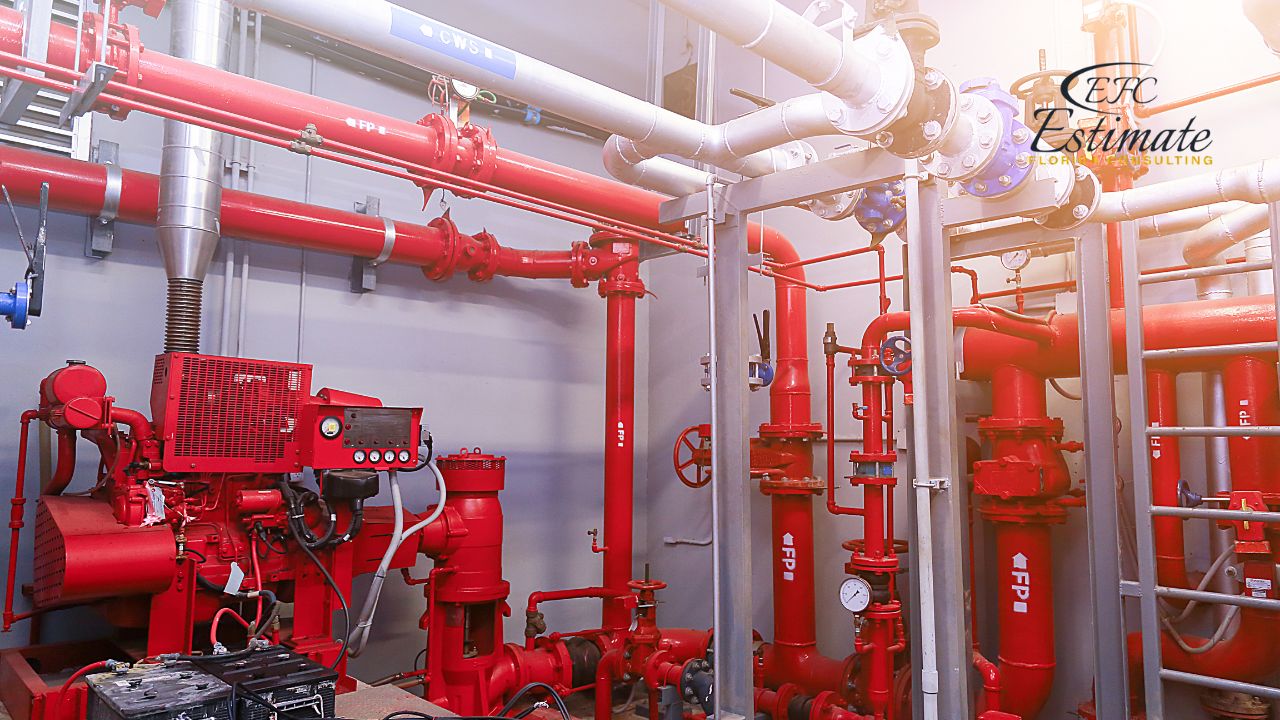
Make Informed Design Decisions Showcase Your Design Ideas
Get RenderingFire Alarms and Communication Systems encompass critical components essential for fire safety. The Fire Alarm Control Panel serves as the central command hub, managing the system’s operations and alerting occupants in case of emergencies. Notification devices such as horns and strobes emit audible and visual signals, ensuring swift evacuation. Pull stations provide a manual means to activate the alarm system when necessary. Additionally, monitoring services offer continuous oversight, ensuring the system’s functionality and providing peace of mind through monthly subscription fees. Together, these components form a robust fire alarm and communication system, vital for safeguarding lives and property against fire hazards.
Fire Prevention System Component | Cost Range | Description |
Fire Alarm Control Panel | $1,000 – $3,000 | Cost for the fire alarm control panel. |
Notification Devices (Horns, Strobes) | $20 – $100/unit | Cost for notification devices (horns, strobes). |
Pull Stations | $50 – $150/unit | Cost for pull stations. |
Monitoring Services (monthly fees) | $20 – $50/month | Monthly monitoring fees for fire alarm systems. |
Fire Suppression Systems are pivotal for mitigating fire risks and safeguarding property. Basic fire sprinkler systems provide fundamental protection against fires by automatically dispensing water when triggered. Advanced fire sprinkler systems offer enhanced features and capabilities for more complex environments. Additionally, Clean Agent Suppression Systems provide an alternative to water-based suppression, utilizing agents like inert gases or chemical agents to extinguish fires swiftly and efficiently. These systems are tailored to the specific needs and complexities of each environment, ensuring effective fire suppression and minimizing damage in the event of a fire.
Fire Prevention System Component | Cost Range | Description |
Fire Sprinkler System | ||
– Basic System | $1.50 – $4/sq ft | Cost per square foot for basic fire sprinkler systems. |
– Advanced System | $4 – $8+/sq ft | Cost per square foot for advanced fire sprinkler systems. |
Clean Agent Suppression System | $5,000 – $50,000+ | Cost for clean agent suppression systems, depending on size and complexity. |
New projects are waiting for you.
Connect with more construction leads!
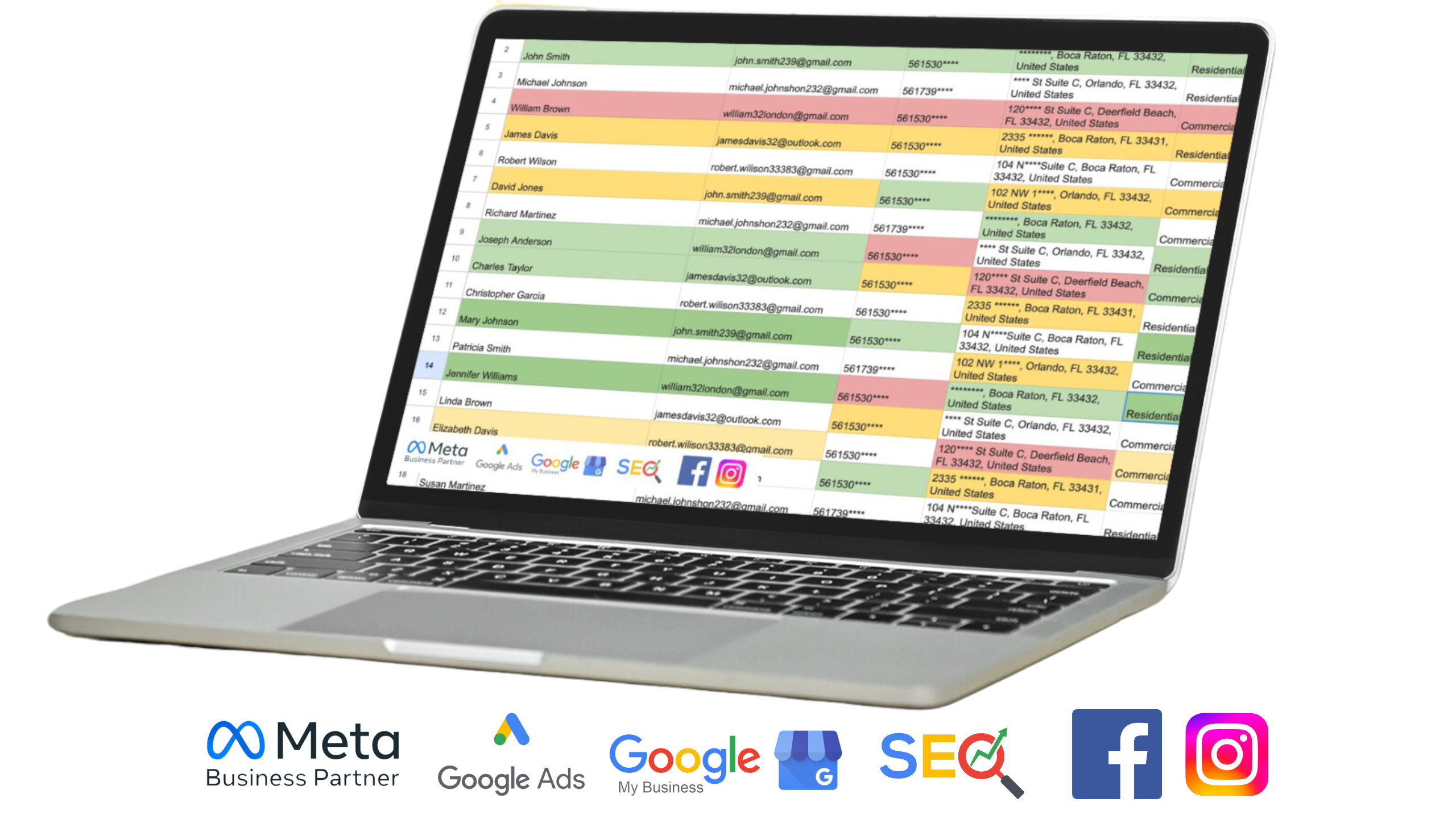
Fire Doors and Barriers, including Fire-Rated Doors and Fireproof Wall Construction, are indispensable elements of fire safety systems, aimed at containing and preventing the spread of fire within buildings. Fire-Rated Doors, available in various sizes and ratings, act as crucial barriers against flames and smoke, while Fireproof Wall Construction adds an additional layer of protection by limiting the spread of fire. Costs for fire-rated doors vary based on size and rating, ensuring adaptability to different budgets, while fireproof wall construction costs vary widely based on project size and complexity. Together, these components bolster overall fire safety measures, safeguarding lives and property.
Fire Prevention System Component | Cost Range | Description |
Fire-Rated Doors | $200 – $1,000/door | Cost for fire-rated doors, depending on size and rating. |
Fireproof Wall Construction | Costs vary significantly | Costs for fireproof wall construction can vary widely based on project size and complexity. |
The size and layout of a warehouse are pivotal determinants in the budget estimation for a fire prevention system. Larger warehouses inherently require a more extensive fire prevention system due to the increased area that needs to be covered. The sheer scale of the space necessitates additional equipment such as fire extinguishers, smoke detectors, and fire alarm systems, along with more intricate designs to ensure that the entire area is adequately protected. Additionally, the layout of the warehouse, including the presence of partitions, storage racks, and structural elements, can greatly impact the complexity of system design and installation. Warehouses with complex layouts may require customized solutions, which can drive up both the design and installation costs. Therefore, warehouse size and layout are fundamental considerations that significantly influence the overall budget for a fire prevention system.
Local fire safety regulations and building codes are non-negotiable factors that exert a profound influence on the budget estimation for fire prevention systems in warehouses. Compliance with these regulations is not only a legal requirement but also essential for ensuring the safety of personnel and assets. Local regulations often mandate specific equipment, materials, installation practices, and maintenance procedures. These requirements can vary widely from one jurisdiction to another and even within different municipalities, making it crucial to thoroughly research and understand the applicable codes. Failure to comply with local regulations can lead to penalties, legal issues, and increased insurance costs.
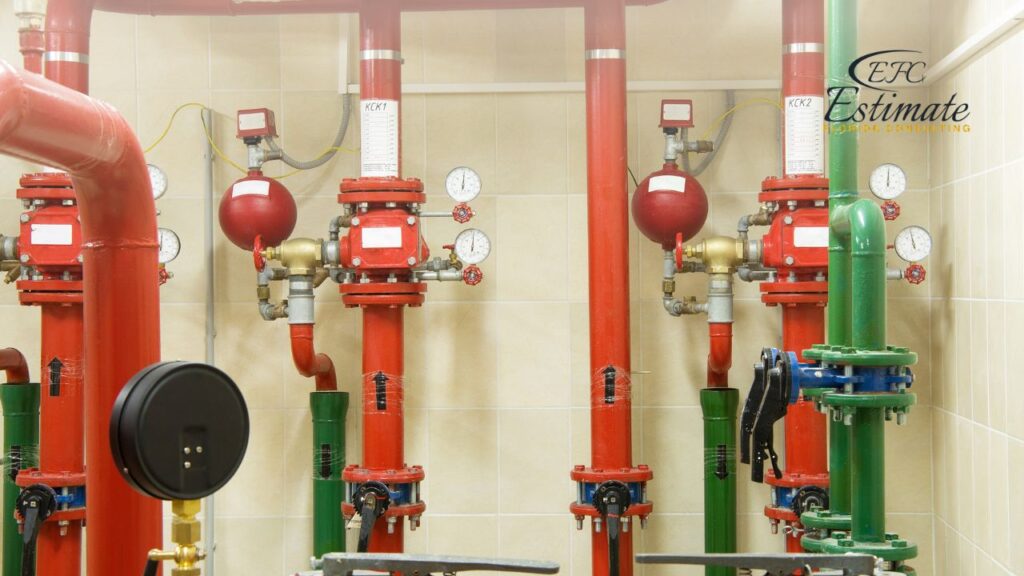
Therefore, budget estimations must account for the costs associated with meeting or exceeding these regulatory standards, which can significantly affect the overall budget for the fire prevention system.
Local fire safety regulations and building codes are non-negotiable factors that exert a profound influence on the budget estimation for fire prevention systems in warehouses. Compliance with these regulations is not only a legal requirement but also essential for ensuring the safety of personnel and assets. Local regulations often mandate specific equipment, materials, installation practices, and maintenance procedures. These requirements can vary widely from one jurisdiction to another and even within different municipalities, making it crucial to thoroughly research and understand the applicable codes. Failure to comply with local regulations can lead to penalties, legal issues, and increased insurance costs. Therefore, budget estimations must account for the costs associated with meeting or exceeding these regulatory standards, which can significantly affect the overall budget for the fire prevention system.
The desired technological level of the fire prevention system directly influences the budget. Basic fire prevention systems, which may include manual fire extinguishers and manual alarm systems, are generally more cost-effective to install and maintain. However, warehouses with a higher level of fire risk or a need for more robust protection often opt for advanced systems. These advanced systems can include automated fire detection and alarm systems, sprinkler systems, and advanced communication and monitoring technology. While these technological advancements enhance safety and response capabilities, they come at a higher cost due to the complexity of installation and the technology involved. Therefore, determining the desired technological level is a crucial step in budget estimation, as it directly impacts the investment required for the fire prevention system.
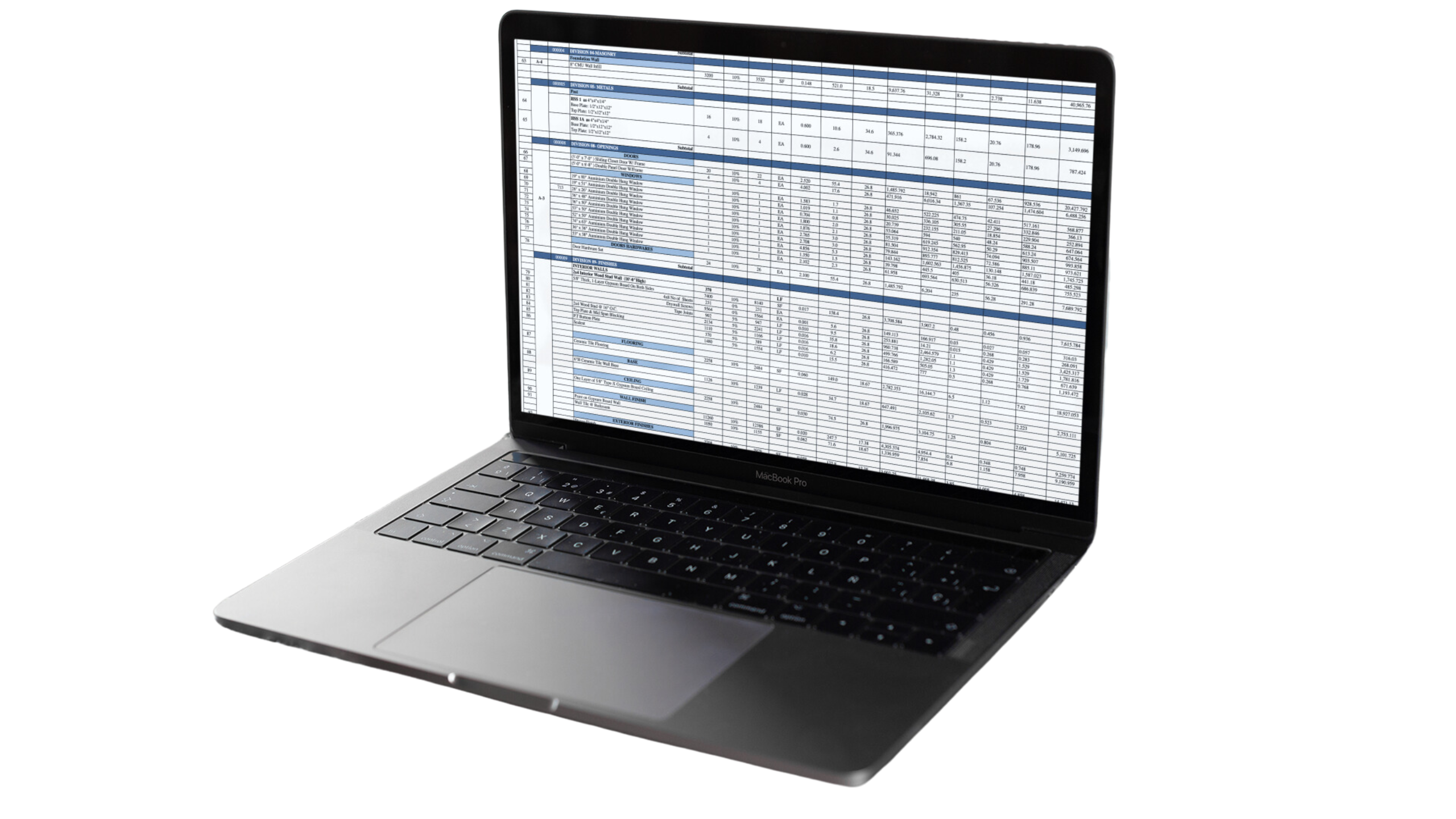
Local environmental conditions, such as climate and humidity levels, can significantly influence the budget for a fire prevention system. Warehouses located in areas with extreme weather conditions, such as heavy rainfall, extreme temperatures, or frequent freezing and thawing, may require more robust and weather-resistant components and equipment. These specialized materials and equipment can be more expensive than standard options but are necessary to ensure the system’s functionality and durability under challenging environmental conditions. Moreover, warehouses in regions with specific environmental challenges, such as high humidity or corrosive atmospheres, may need additional corrosion-resistant coatings and materials, further impacting the budget. Therefore, environmental conditions are vital factors that should be considered when estimating the cost of a fire prevention system.
The age and infrastructure of the warehouse building are factors that can affect the budget for a fire prevention system. Older warehouses may require more extensive modifications or retrofits to accommodate modern fire prevention systems. These modifications can include structural changes, electrical upgrades, and plumbing alterations to support the installation of fire detection and suppression equipment. The condition of the existing infrastructure may also impact installation complexity and costs. Warehouses with outdated or deteriorating infrastructure may require additional work to ensure the system’s proper integration and functionality. Therefore, the age and infrastructure of the building should be carefully assessed to determine the potential costs associated with adapting the facility for an effective fire prevention system.
The flammability of the materials or goods stored in a warehouse is a critical factor that directly impacts the budget for fire prevention systems. Warehouses storing highly flammable or hazardous materials inherently pose a higher fire risk and necessitate more advanced and costly fire prevention measures. This may include specialized fire suppression systems tailored to the specific hazards presented by the stored materials, such as chemical or combustible goods. The level of protection required for such facilities often involves additional investments in safety measures, advanced detection systems, and specialized equipment, all of which can substantially increase the overall budget. Therefore, understanding the flammability of stored goods is essential in accurately assessing and planning for the cost of an effective fire prevention system.
Conducting a detailed risk assessment is a fundamental step in effective cost management when planning a fire prevention system for a warehouse. This assessment involves a comprehensive evaluation of the warehouse’s layout, the nature of stored materials, and potential fire hazards. By identifying and prioritizing these risks, you can focus your budget on the most critical components of the fire prevention system. For instance, if the risk assessment highlights specific areas with a higher probability of fire incidents, you can allocate resources to enhance protection in those zones.
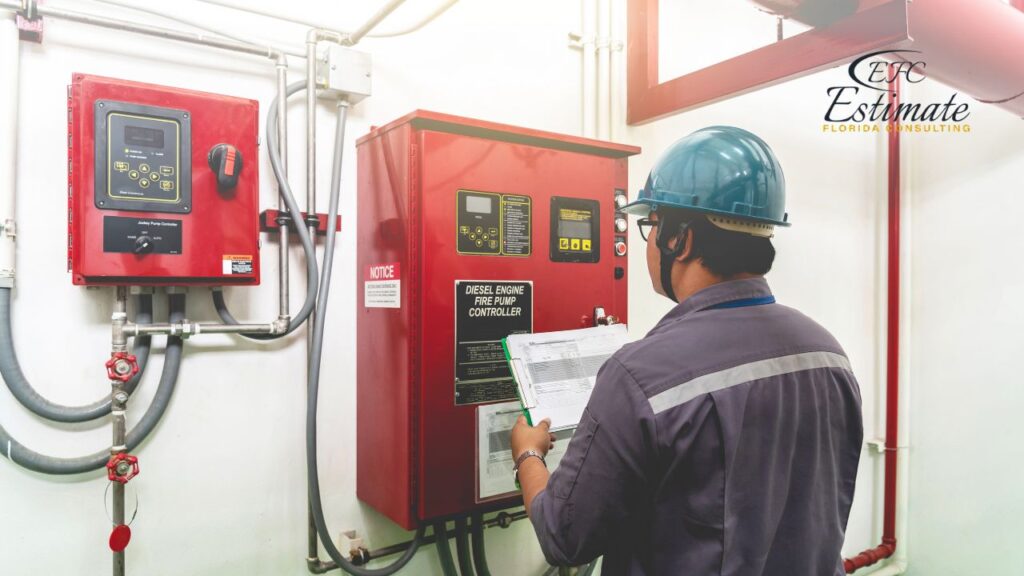
This approach ensures that your budget is strategically utilized to address the most pressing safety concerns, optimizing cost management while maintaining the highest level of fire protection.
Conducting a detailed risk assessment is a fundamental step in effective cost management when planning a fire prevention system for a warehouse. This assessment involves a comprehensive evaluation of the warehouse’s layout, the nature of stored materials, and potential fire hazards. By identifying and prioritizing these risks, you can focus your budget on the most critical components of the fire prevention system. For instance, if the risk assessment highlights specific areas with a higher probability of fire incidents, you can allocate resources to enhance protection in those zones. This approach ensures that your budget is strategically utilized to address the most pressing safety concerns, optimizing cost management while maintaining the highest level of fire protection.
Opting for fire prevention systems that are scalable and upgradable is another crucial cost management strategy. These systems allow you to start with essential components that align with your immediate needs and budget constraints. As your warehouse operations grow or safety requirements change, you can easily expand or upgrade the system without the need for a complete overhaul. This scalability minimizes upfront costs while providing flexibility for future adaptations. It also ensures that your investment remains relevant and cost-effective over time, as you can incrementally enhance your fire prevention capabilities based on evolving warehouse demands.
Proactive maintenance and regular inspections are essential cost management strategies for fire prevention systems. While they may incur ongoing expenses, they are instrumental in preventing costly emergency repairs or premature replacements. Well-maintained equipment tends to have an extended lifespan and operates efficiently, reducing the total cost of ownership over time. Neglecting maintenance can lead to deferred maintenance costs, where minor issues escalate into major problems, ultimately requiring expensive emergency interventions. By budgeting for regular maintenance and inspections, you not only ensure the reliability of the system but also avoid unexpected and inflated costs associated with system failures.
Investing in training for in-house personnel to perform routine maintenance tasks and inspections is a valuable cost management approach. Trained staff members can effectively handle basic maintenance, reducing the reliance on external service providers for minor issues. This results in cost savings over time, as you can address routine maintenance needs quickly and efficiently. While complex repairs and specialized services may still necessitate professional assistance, having a trained in-house team for routine tasks contributes to overall cost efficiency and ensures that fire prevention systems receive regular attention, enhancing their longevity and effectiveness.
Exploring financial models and leasing options can significantly mitigate the initial financial burden of implementing a fire prevention system in a warehouse. Leasing equipment or entering into service agreements with manufacturers allows you to spread the costs over a period of time rather than facing a substantial upfront expense. This approach is particularly beneficial for high-range systems or when budget constraints are a concern.
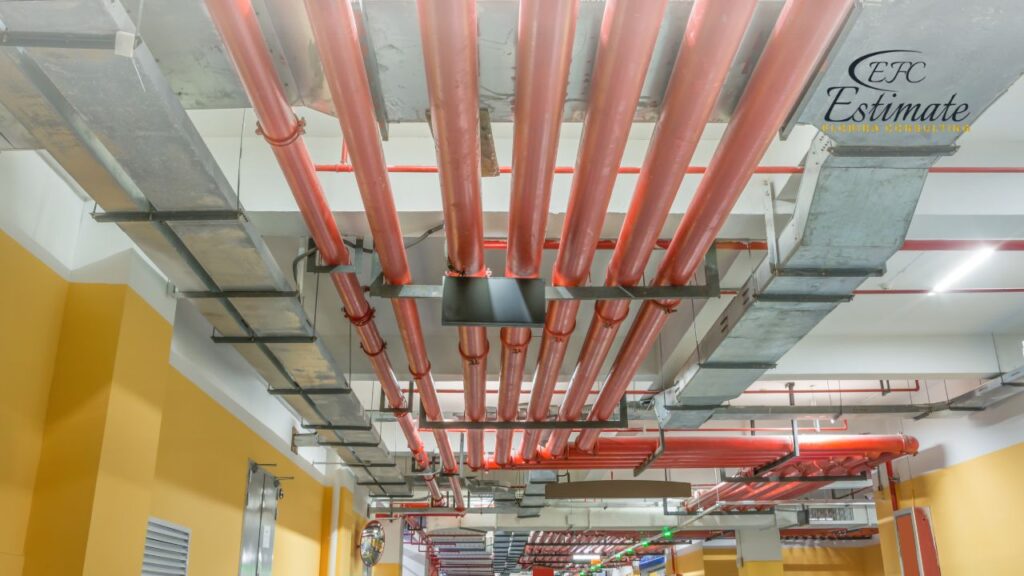
It enables you to initiate the project while maintaining financial stability, making it easier to allocate resources to other critical areas of warehouse management. Careful consideration of the long-term cost implications and benefits of these financial models is essential to ensure that they align with your budgetary objectives.
Government grants and incentives can be instrumental in cost management when implementing fire prevention systems. Many regions offer financial assistance, tax credits, or incentives to encourage businesses to enhance fire safety measures. These programs can significantly offset initial costs and improve the overall cost-effectiveness of the project. However, it’s crucial to research and understand the eligibility criteria, application processes, and deadlines for such incentives to maximize their benefits. Leveraging these opportunities not only reduces the financial burden but also aligns with broader safety and compliance objectives.
Fire prevention systems typically include fire detection systems, fire alarms and communication systems, fire suppression systems, emergency and exit lighting, and fire doors and barriers.
The cost of a basic fire sprinkler system ranges from $1.50 to $4 per square foot, depending on the size and complexity of the warehouse.
Emergency exit signs for warehouses typically range from $20 to $100 per unit, depending on the quality and specifications.
Yes, fire-rated doors are essential for warehouse buildings as they act as crucial barriers against flames and smoke, helping to contain the spread of fire.
The cost of fire prevention systems can vary based on factors such as the size of the warehouse, the complexity of the system, the quality of materials chosen, and compliance requirements with local building codes and regulations.
Here I am going to share some steps to get your fire prevention system budget for warehouse buildings estimate report.
You can send us your plan on info@estimatorflorida.com
Before starting your project, we send you a quote for your service. That quote will have detailed information about your project. Here you will get information about the size, difficulty, complexity and bid date when determining pricing.
Our team will takeoff and estimate your project. When we deliver you’ll receive a PDF and an Excel file of your estimate. We can also offer construction lead generation services for the jobs you’d like to pursue further.

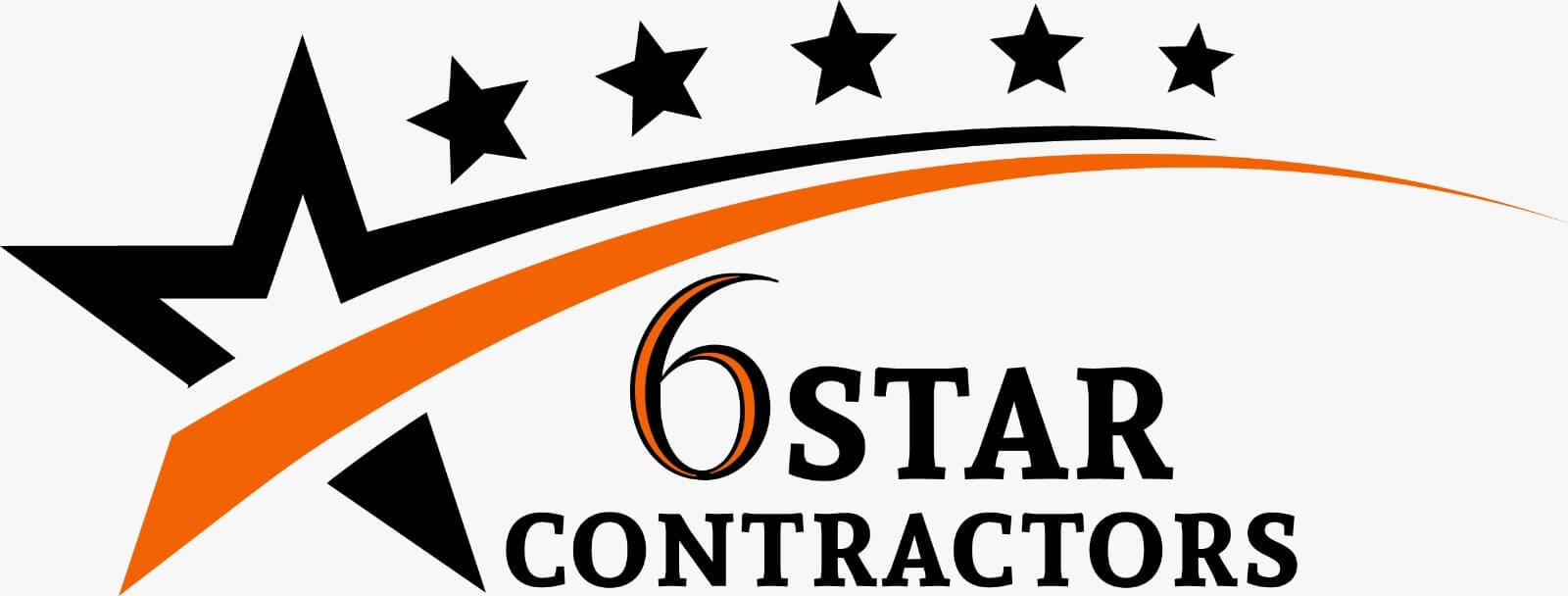

561-530-2845
info@estimatorflorida.com
Address
5245 Wiles Rd Apt 3-102 St. Pete Beach, FL 33073 United States
561-530-2845
info@estimatorflorida.com
Address
5245 Wiles Rd Apt 3-102 St. Pete Beach, FL 33073 United States
All copyright © Reserved | Designed By V Marketing Media | Disclaimer